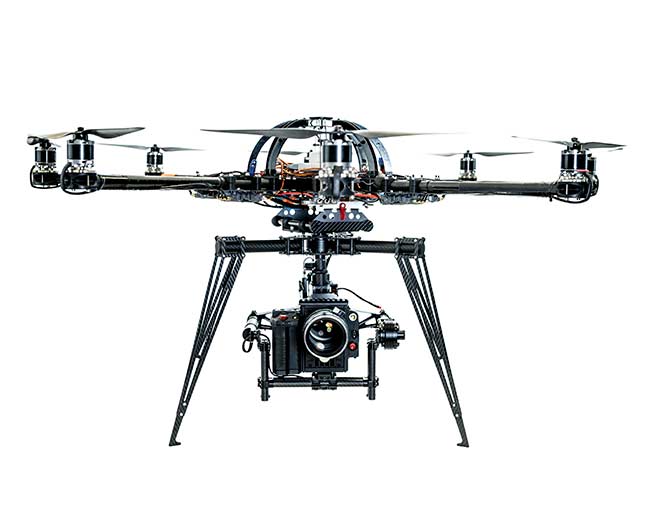Home > Insights > Publications > UAS hearing yields details on systems research and development, but no timeline for small UAS rule
A House Committee on Science, Space and Technology hearing on January 21 featured wide-ranging discussions of developing unmanned aircraft systems (“UAS,” sometimes called “unmanned aerial vehicles,” or “drones”), but no concrete timetable for issuance of the FAA’s anticipated small UAS (“sUAS,” or UAS under 55 pounds) notice of proposed rulemaking (“NPRM”).
Witnesses included Dr. Ed Waggoner, director of NASA’s Integrated Systems Research Program; James Williams, manager of the FAA’s UAS Integration Office; Dr. John Lauber, co-chair of the National Research Council’s Committee on Autonomy Research for Civil Aviation; Bryan Wynne, president and CEO of the Association for Unmanned Vehicle Systems International; Colin Guinn, CRO of 3D Robotics; and Dr. John Hansman, the T. Wilson Professor of Aeronautics and Astronautics at MIT.
In their prepared statements and during a question-and-answer period, many witnesses addressed the technologies that will enable integration of UAS with the national airspace system, including detect-and-avoid capabilities, ground control communications with drones, and UAS traffic management among UAS and other aircraft in the sky. In particular, Waggoner and Williams discussed interagency cooperation to develop technical standards for aeronautical engineering, detect-and-avoid, and command and control communication equipment that could become standard features on future drones.
Witnesses also discussed some of the limitations of the six UAS “test sites” around the country. The FAA established the UAS Test Site Program to experiment with civil and commercial UAS applications and answer operational and safety research questions to aid the agency in developing future regulations. Guinn described challenges faced by companies attempting to use the sites, including confusion over the registration process and inflexibility in the ability to make ongoing adjustments while on site during a test. He proposed a more expansive testing environment that would essentially crowd-source data from existing very small UAS (less than 2 kg) drone operations.
Droneshare.com is an example of this type of data sharing website, where users voluntarily log their UAS flights and compile information about the flight’s location, duration, and problems. Large-scale data collection and analysis could permit early identification of recurring trouble spots in smaller UAS integration before larger UAS become more widespread. For example, if the data reveals that flying near certain terrain features or cell phone towers leads to more lost links (where a drone loses connection with its pilot), that problem could be addressed with equipment modifications or new flight training. Guinn stated that focusing on smaller UAS first would also better embrace a proportional and risk-based approach to UAS integration because smaller UAS likely pose the least threat to the general public.
When asked about when the public could expect the FAA’s NPRM for sUAS, Williams did not commit to a target date or timeline. He emphasized that the process was moving as quickly as possible while accommodating important and complex safety issues. The FAA wants to get the NPRM out as soon as possible, but it wants to get it right.

